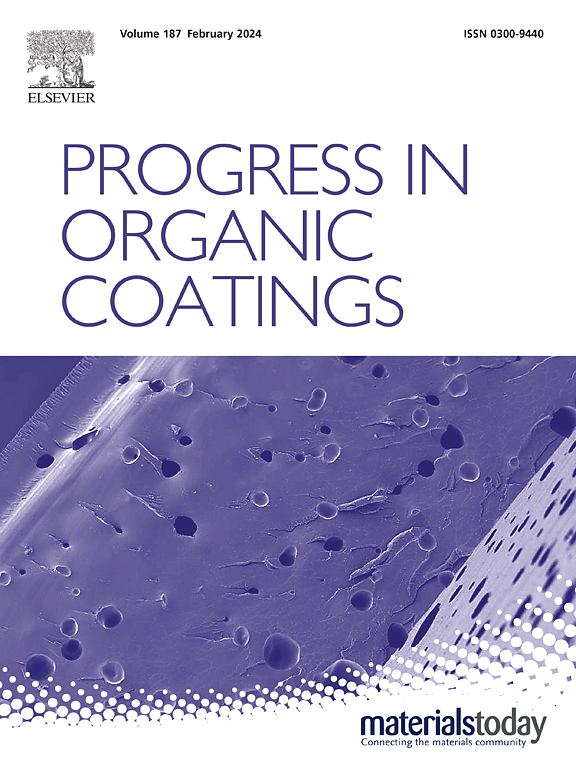Conductive polymer coatings on PVA electrospun nanofibers by electrochemical polymerization/deposition toward improved mechanical performance
IF 6.5
2区 材料科学
Q1 CHEMISTRY, APPLIED
引用次数: 0
Abstract
In the present work, the post-electrospinning superficial functionalization of poly(vinyl alcohol) nanofibers (PVA-NF) with poly(3,4-ethylenedioxythiophene) (PEDOT) and polypyrrole (PPy) is addressed to produce PVA@PEDOT and PVA@PPy nanostructured composites. For this aim, the CPs coatings were electropolymerized and in situ electrodeposited from the corresponding monomers on the surface of PVA-NF collected on ITO electrodes, accomplishing the fibrous composites PVA@PEDOT and PVA@PPy. The assembly of CPs coatings on top of PVA-NF was characterized by FT-IR, FE-SEM and EDX elemental microanalysis, supporting the successful deposition of CP coatings. The electrochemical response of composites indicates that the redox properties of the CPs were preserved when deposited on the PVA-NF, and good capacitive behavior was displayed through 50 cycles of cyclic voltammetry. In addition, the PVA@CPs composites showed improved thermal resistance of at least 110 °C higher than the pristine PVA-NF. The evaluation of mechanical properties through stress-strain curves showed that incorporating PEDOT and PPy on the PVA improved Young's modulus to 95 MPa and 105 MPa, respectively, compared to pristine PVA-NF (61.4 MPa). Furthermore, the high water-solubility of the PVA-NF template leads to obtaining pure nanofibers of PPy and PEDOT at room temperature with preservation of microstructure at a high degree, being consistent with classical attributes associated with non-woven electrospun mats. This study demonstrates the feasibility of using PVA-NF as structural templates to guide the controlled deposition of CPs coatings during the electrochemical polymerization, outlining the crafting of well-organized nanofibrous environments of electro-responsive based on conducting polymers.

求助全文
约1分钟内获得全文
求助全文
来源期刊

Progress in Organic Coatings
工程技术-材料科学:膜
CiteScore
11.40
自引率
15.20%
发文量
577
审稿时长
48 days
期刊介绍:
The aim of this international journal is to analyse and publicise the progress and current state of knowledge in the field of organic coatings and related materials. The Editors and the Editorial Board members will solicit both review and research papers from academic and industrial scientists who are actively engaged in research and development or, in the case of review papers, have extensive experience in the subject to be reviewed. Unsolicited manuscripts will be accepted if they meet the journal''s requirements. The journal publishes papers dealing with such subjects as:
• Chemical, physical and technological properties of organic coatings and related materials
• Problems and methods of preparation, manufacture and application of these materials
• Performance, testing and analysis.
 求助内容:
求助内容: 应助结果提醒方式:
应助结果提醒方式:


